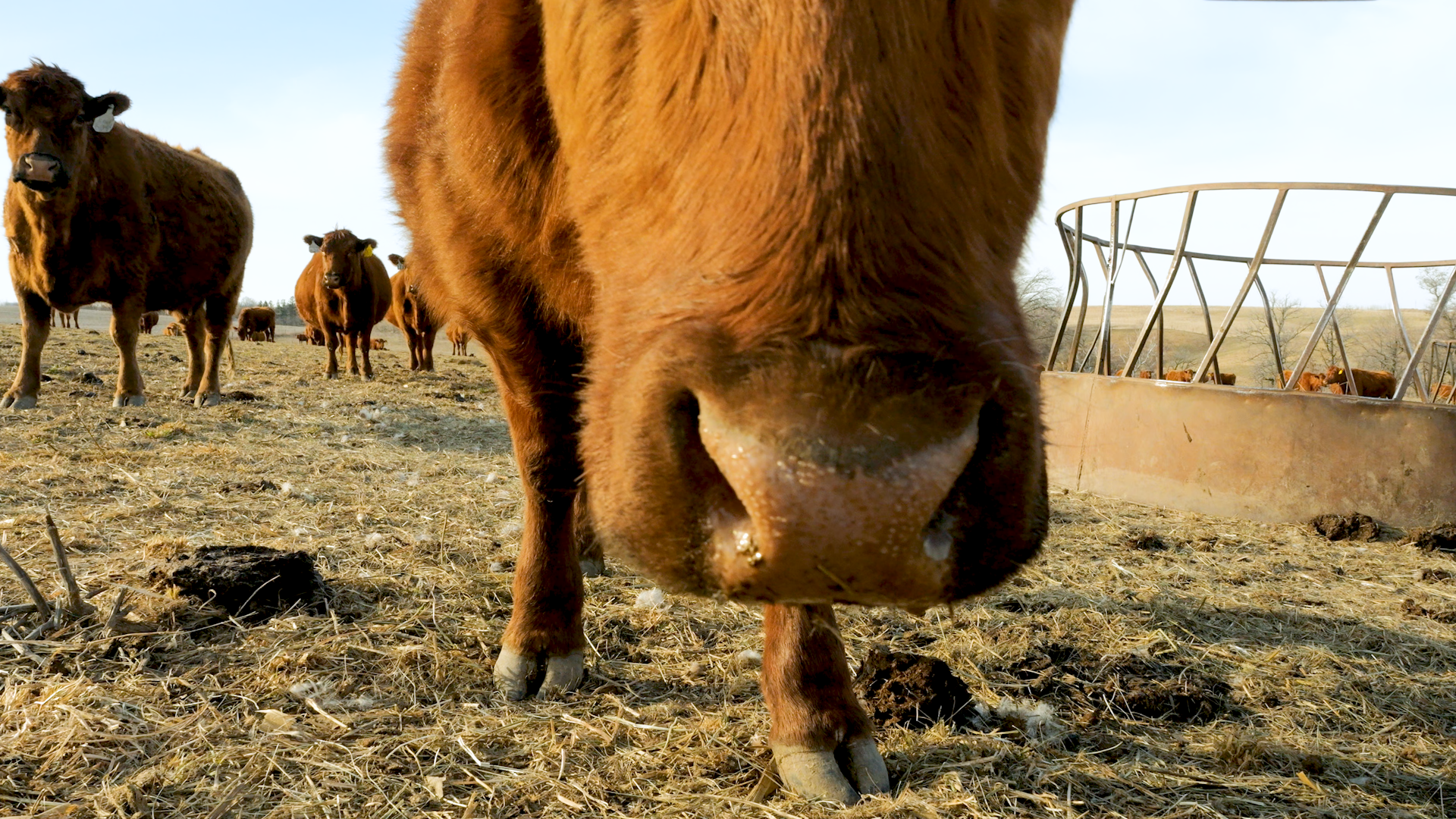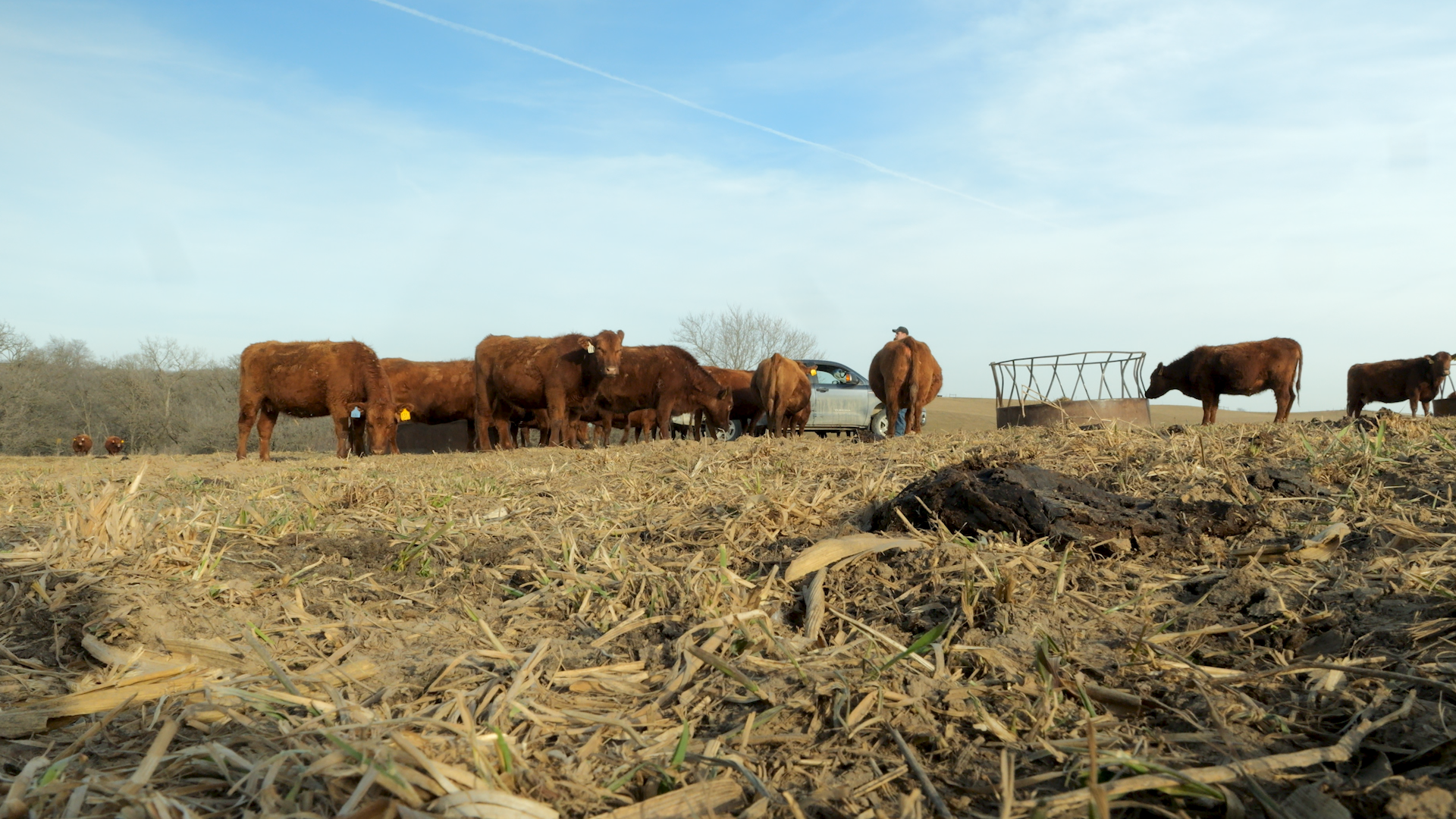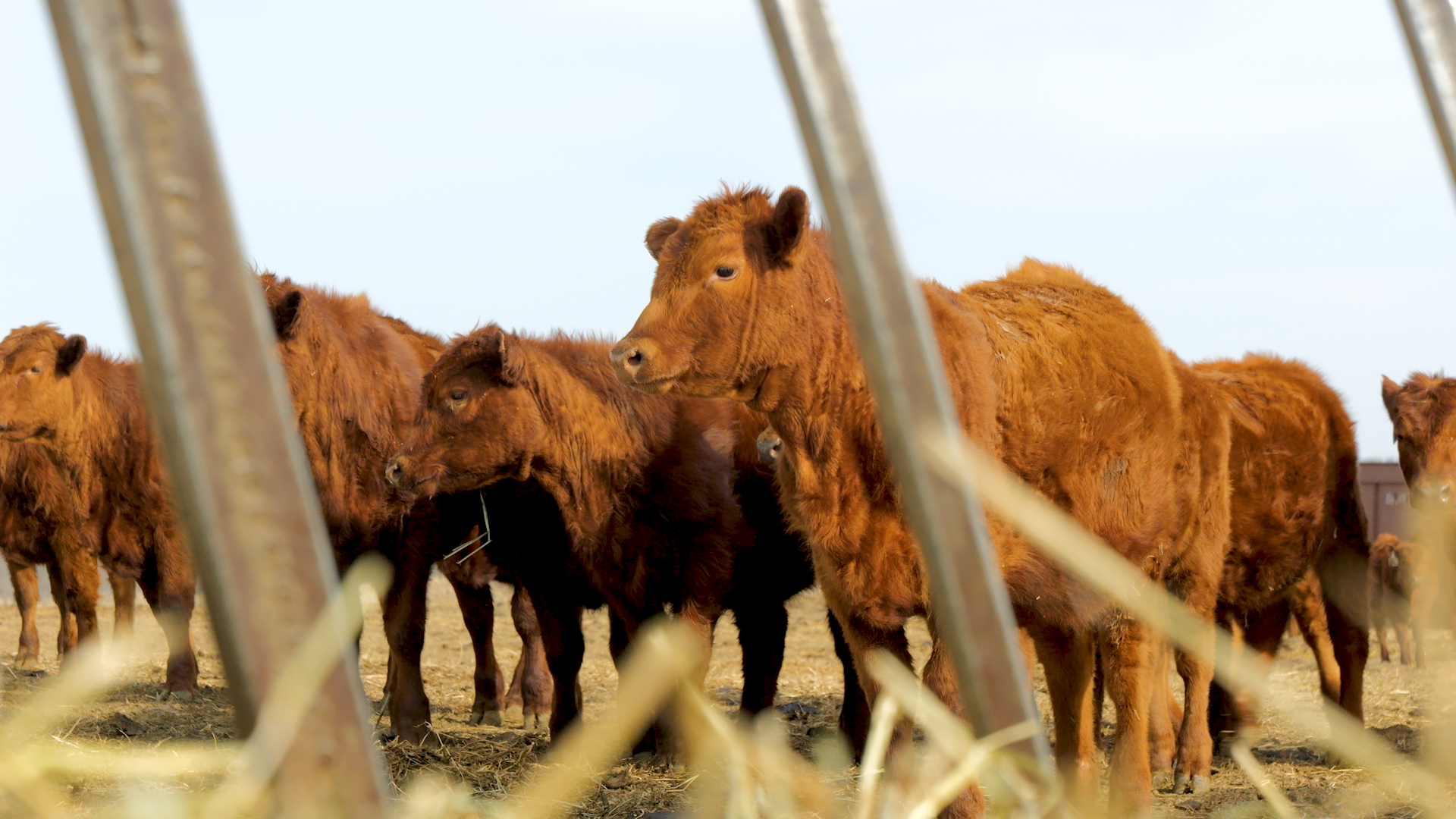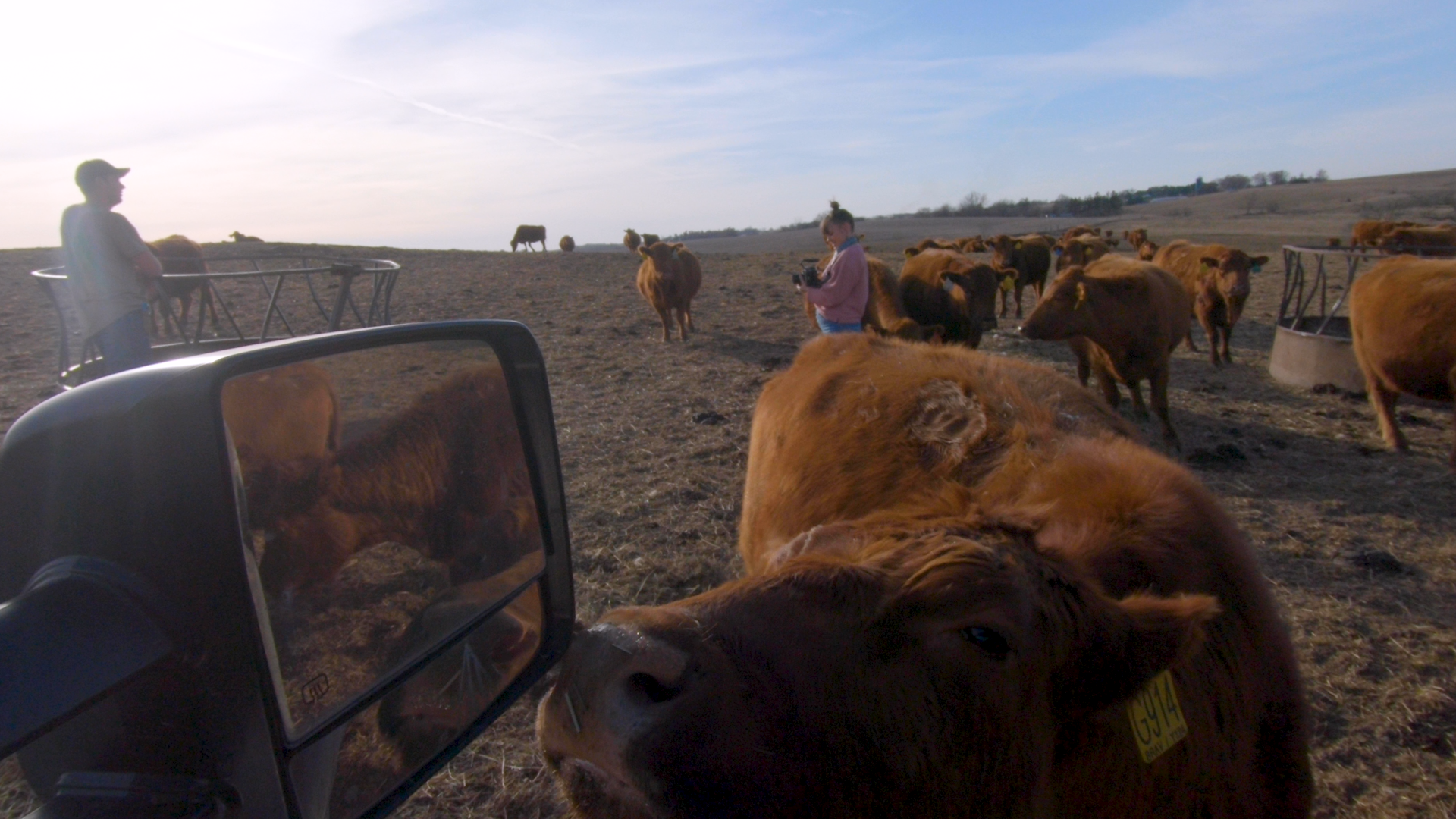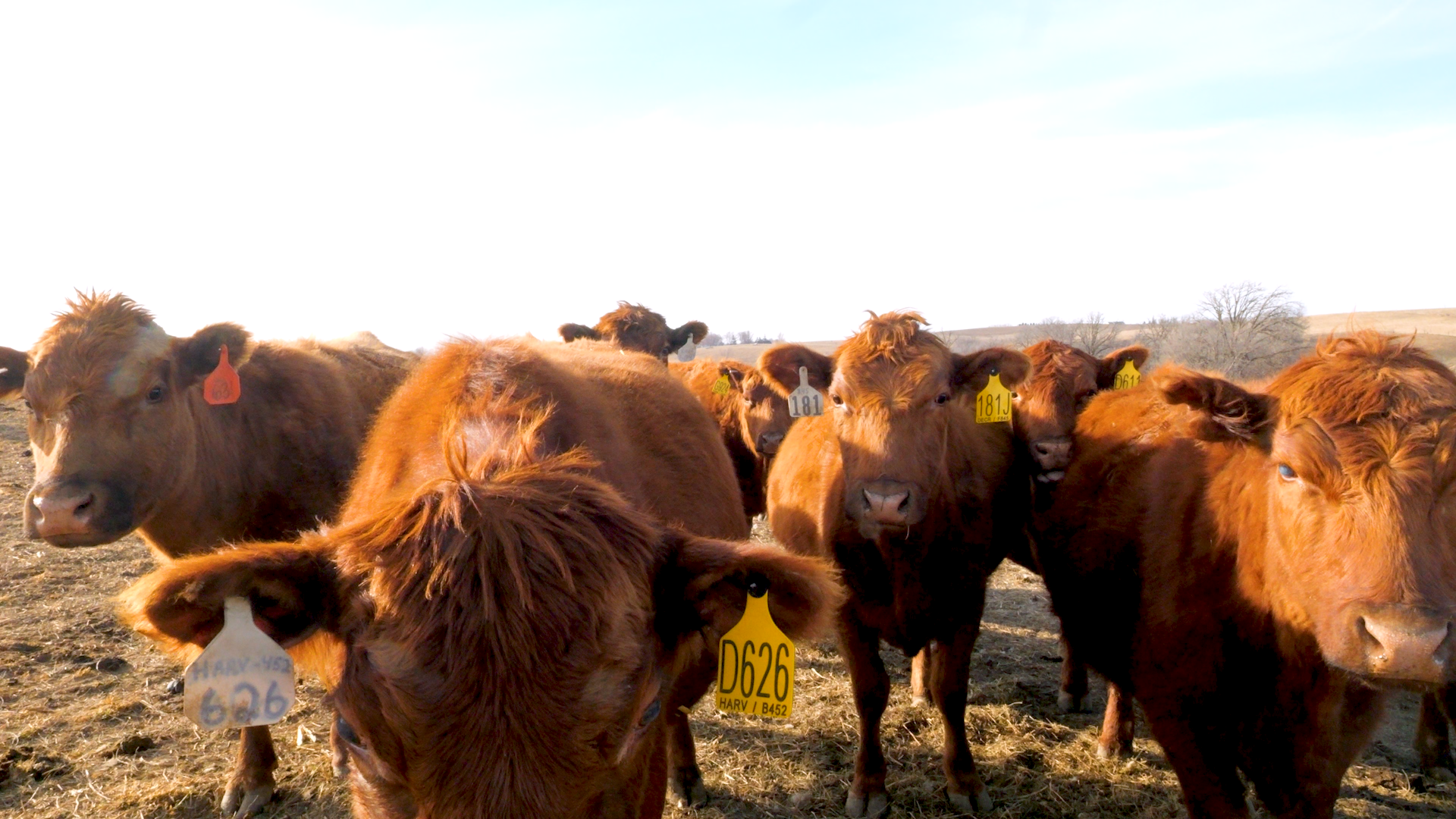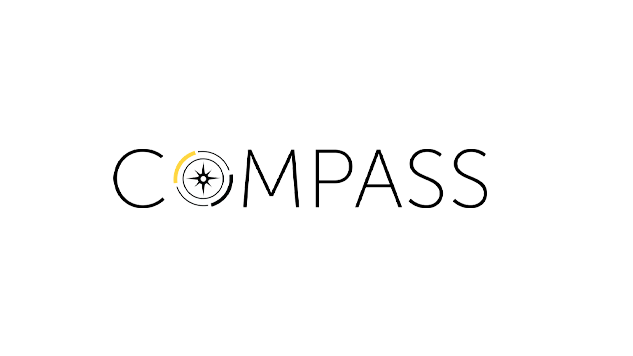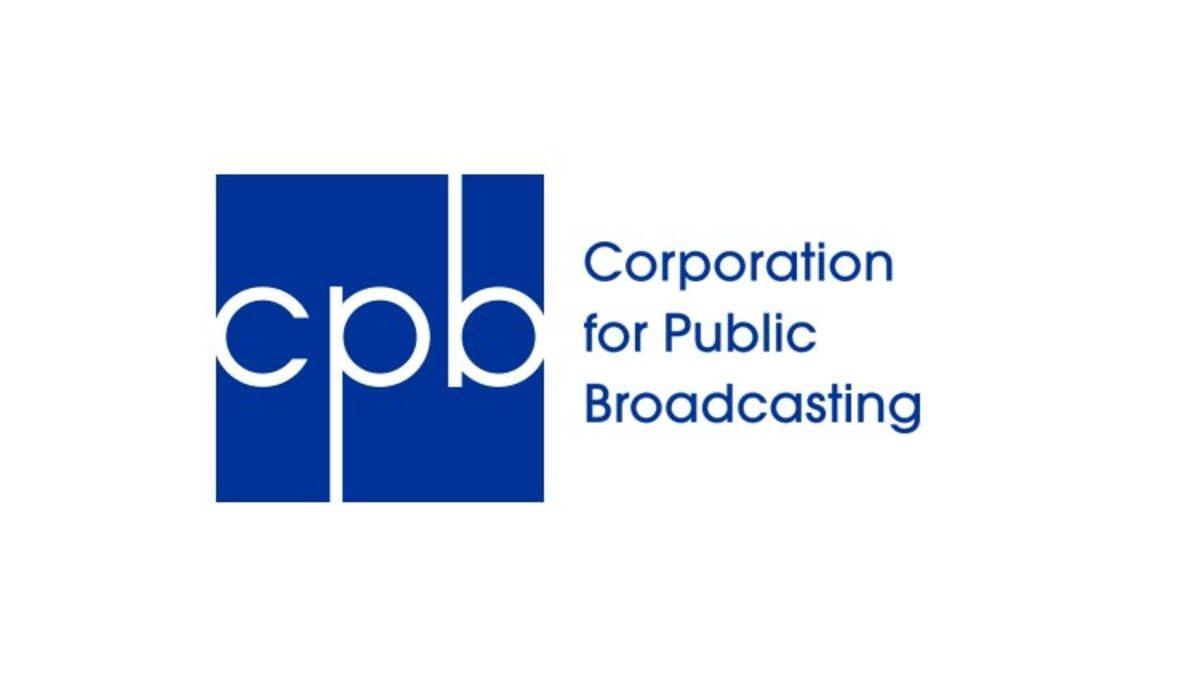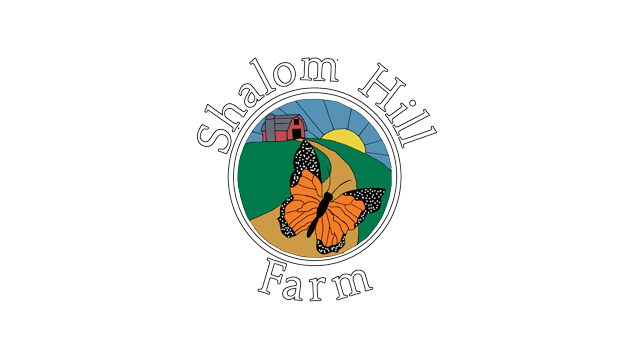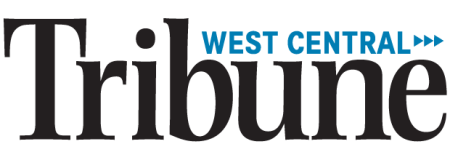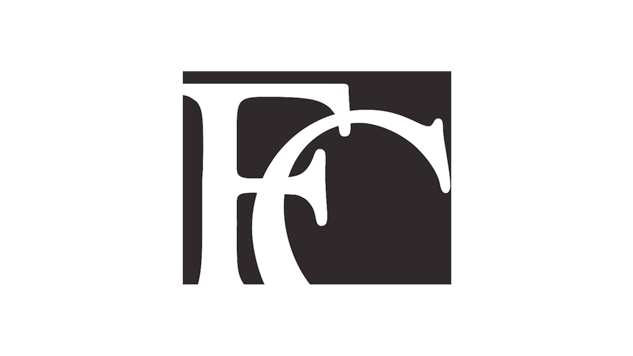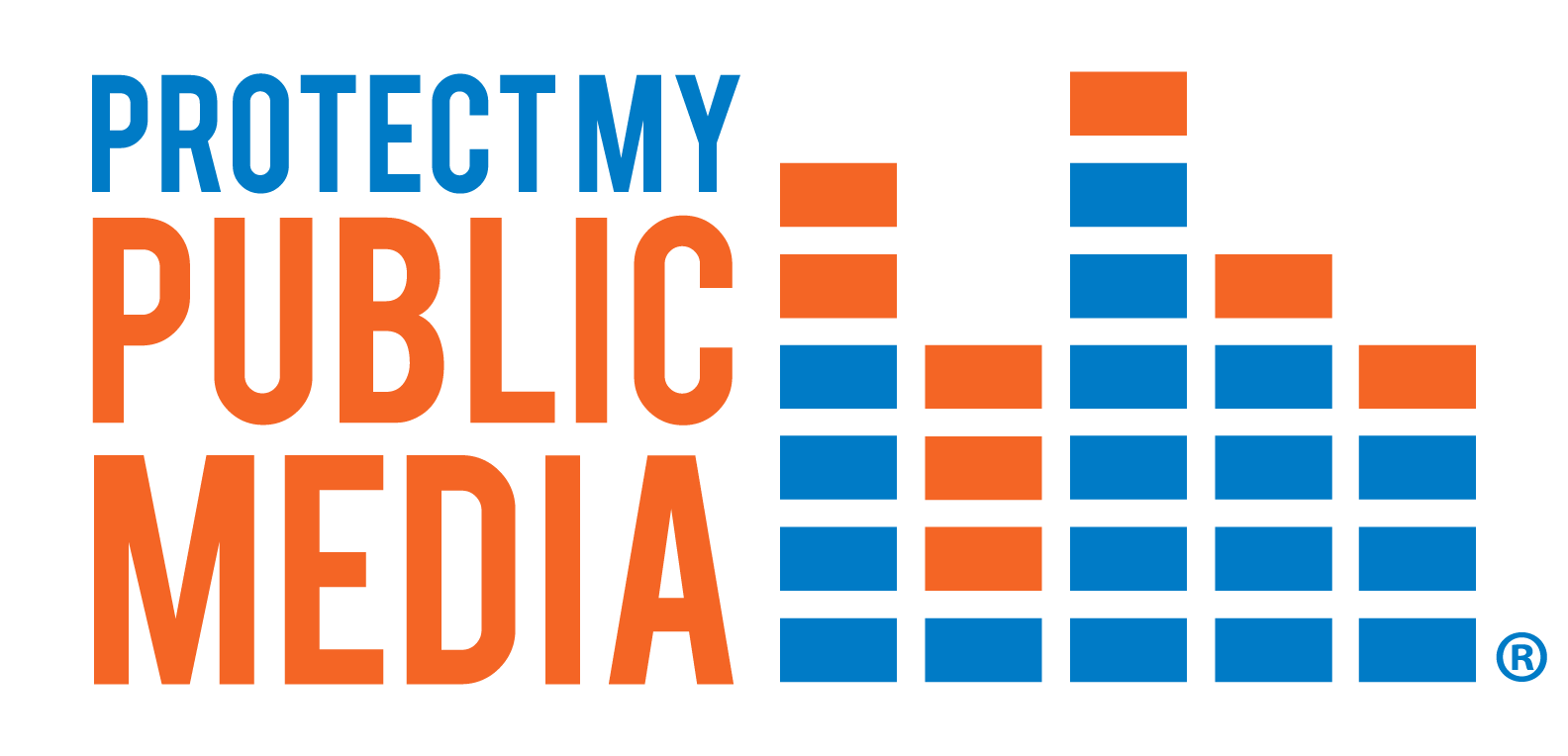Minnesota's Alt-Meat Revolution: Chews Wisely
We will walk this corn, I suppose we might as well walk that down.
Buck's out in the cattails. He's kinda sniffing around, maybe.
Now you know why we're so sore when we get back. He's stepping three badger holes.
[Amanda] Welcome to my family's annual pheasant hunt reunion, in Farwell, Minnesota.
Well, I believe it started back when my dad was young.
Uncle Dougie has been a hunter and a meat eater his whole life. His favorite food is Swedish meatballs, like, classic Minnesotan. Although, he did try my tofurky one Thanksgiving,
[Douglas] The family would get together and pheasant hunt and then it grew into, I think, picnics and get togethers and had just escalated.
[Amanda] How would you describe, like, okay, what are you eating now? What are your favorite types of foods? What did you choose to eat?
Well, I have chili and then I have, like, the chips in them
[Amanda] Did you get the meat chili or the vegetarian chili?
The meat chili, I'm pretty sure.
[Amanda] So, would you ever consider, like, not eating meat and eating a plant-based version of venison?
I don't think I could do that.
[Amanda] Why not?
Because everything I eat has, like, meat in it.
Over the years I've wondered, am I nuts? Why am I the only veggie person in the family? When I was 20, becoming vegetarian seemed obvious because I was thinking about how my eating choices contributed to the planet's health. And now, companies like Minneapolis based, PURIS, the largest processor of pea protein for plant-based products in North America, seem to validate this choice.
The science is very clear, that the emissions footprint of plant-based foods, is just dramatically lower than animal products.
So far, in this series, we focused on the health benefits of eating less meat. And we've talked about the economic impacts that PURIS has had on the larger Dawson community. But we haven't really considered the environment. So will choosing plant proteins, instead of animal proteins, have the potential to address climate change and like, save the planet?
When you think about the efficiency of production, the amount of land that is required to make plant-based foods, is a fraction of the percent that's needed to make animal products.
This is because beef cows are raised on pasture, grazing large amounts of mostly marginal land, like swamps or land with poor soil quality, where crops won't grow. Then, they're often sent to large industrial feed lots to be fattened before slaughter. Pair that with most of Minnesota's crops being grown for animal feed or ethanol, that's a lot of land for beef. What PURIS is saying is, rather than grow corn and soybeans to feed animals, to feed humans, grow peas to feed humans. But because cattle can eat pasture grasses, I wonder if there's a role cattle can play in a farm rotation. Is there a particular thing that they like the most?
They love eating the tops off the turnips. It's like a big radish. They'll pluck them outta the ground and eat the whole turnip.
[Amanda] We're talking about Luke's 30 head of cattle. You remember Luke from a previous episode in this series. He's a regenerative organic farmer in Dawson. And along with focusing on a diverse mix of crops, Luke also raises livestock. He thinks cows go hand in hand with healthy farming practices.
And what the livestock do is, they give the land a rest period. So there's three years of a diverse pasture mix, that's in where the soil is undisturbed. And you get all the benefits of the insects, which bring the birds. And it's just, kinda, like, teeming with life. We use the cattle as, kind of, like, a composter. Where they eat up all of that material and then recycle it and put it back into the soil as manure. So it's like a soil building phase.
What Luke is saying here, is that these cows are helping to build up, regenerate, his soil's health. He's taking his operation a step beyond sustainability.
The science is there, like, it's possible. We can build the soil while we're growing food for ourselves.
He's also addressing one of the key issues with large-scale industrial agriculture. Growing just one crop, a monoculture, year after year, drains the land's nutrients and increases risk for disease in pests. Which usually means applying the cides. Pesticides, fungicides and herbicides.
When we grow corn, we haul truckloads of corn off of the soil. And the corn isn't actually putting anything back on. It's not much of a rest period. It's, kind of, an intense crop. It yields a lot of bushels. So it's more of an extraction crop. So then since I've extracted, I need to figure out a way to, like, regenerate and put back.
[Amanda] And with monocultures, even in the case of peas, like what PURIS is doing, diversity is the enemy.
[Luke] If it's another plant that might be doing something for the soil or providing some sort of habitat for another bird or insect or something, it's looked at as competition for the corn. And so the goal then is to kill it or to remove it.
[Amanda] - We don't have to look too far afield from Dawson, to find other regenerative farmers. Located just outside of Goodhue, Minnesota, Jared and his dad John, do grow corn and soybeans. And they also implement a pasture-based cattle grazing system, like Luke's.
Come on girls! We'll see if they come. They all turn their heads but I don't think they know I don't have any hay with me.
Of course, in the summer, cattle grazing looks different. The cows move once, twice, per day. They're cruising around the land, eating, digesting and pooping. I mean, fertilizing. In the winter, the cows stay in one area.
[Jared] This time of year because the grass isn't green and growing and stuff, you look around and you see a bunch of manure piles, might not look the prettiest but I actually really like what I see 'cause I see a lot of nutrients being deposited on this fields.
Jared loves a good cow pie. I mean, who doesn't?
[Jared] That one, right there, 802, was my wedding gift from my dad, to Val and me. She was our wedding gift. We got, either, whatever item off the registry we wanted or a heifer calf of our choice. And so we obviously took a heifer calf of our choice.
Obviously.
[Jared] Oh, there's my dad and he's got my son, it looks like. Our two and a half year old, loves, loves, loves the cows, the tractors, the farm, everything.
We use the cattle to, kinda, build up our fertility for the crops, by feeding hay in the areas that need the fertility the most and then rotating that into corn. So, this field where the cows are now, has been pasture for a few years and now it's gonna go into crop production. So, we're constantly rotating.
That's just what I love about this perennial diversified system, is that we encourage diversity and that every piece of diversity, it brings something to the system, as opposed to takes away from the one crop that we're trying to grow. And diversity is one of the best things that we can do for the land. And in a monocrop situation, it's very difficult to be diverse.
Man, this has all got me thinking. What I thought was the superior, good for the environment, dietary choice, seems like it has cattle shaped competition.
You know, our soil tests are coming back as being more and more positive every year, which isn't really surprising. We're building organic matter. And it all comes down to a rotation.
[Amanda] And the way that Jared connected with his animals, they had a good life. They're his buddies.
Yeah, my homies, my ladies. This one is itchy. Yeah, she looks like it. Can I try and scratch it, girl? Will you let me? No, she won't. In the current system, I mean, people want cheap, you know, cheap beef and that's, kind of, you know, that's kind of the way we've gone down a certain production model because of that. But, if consumers are willing to vote with their dollar for a system they wanna see more, then, farmers are, like I talked about earlier, I guess, farmers are excellent at producing what there's a market for.
As Luke and Jared show, farmers have figured out a way to both, take care of the planet and eat meat. So, is it possible for these ideas to coexist? A, kind of, dietary rotation. Because, how do we feed people and the planet in a healthy way, as the earth's population continues to grow? Maybe in the tent of alt-meat, there's room for peas, pasture-based cattle production and hunting. Like what my family has continued to do for generations.
A lot of people think hunting is wrong. To each their own, I say.
[Amanda] Why do you think people think hunting is wrong?
Because they think it's cruel.
[Amanda] Hunting seasons have limits on how many animals can be taken. And think about it, if you're gonna eat meat, the animal has to be killed somehow, unless you're eating lab grown chicken. But, we're not getting into that with this series. Hunting is my family's way to stay connected to nature, the land and each other, all while feeding themselves. Now I'm thinking, alt-meat is bigger than PURIS' pea protein. It could mean, all of these alternatives to industrial crop and cattle production. Like Jared said, that kind of meat might be cheap but it comes at a cost to soil health and the health of rural communities. Because industrial agriculture relies more on machines and chemicals, than humans.
People are an integral part too. You know, creating a healthy environment. Just because, when you farm, you know, without chemical, without fungicides or pesticides, it's pretty unpredictable and it's really management intense. You can change your daily plan every two hours, sometimes.
To be honest, I'm not gonna stop being a vegetarian right now. But, at the beginning of this journey, to understand Minnesota's alt-meat revolution, I never even thought that regenerative meat production would be a dietary option I would be considering. And it's not necessarily off the table, don't tell Uncle Dougie. There are more options than I realized out there, to feed people well, to restore land health and to contribute to local community health. But there are a lot of challenges too. And only time will tell how this all plays out. We have the tools, how will we use them? I'm Amanda Anderson. And it's been a pleasure to explore Minnesota's alt-meat revolution with you.
